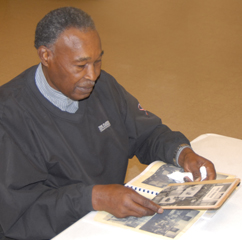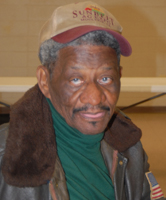“The teachers were just working in their own way.
They were preparing us to go out into a difficult world.
If I was walking in downtown, and if white people were coming,
I would step aside; however, this was a different place than other areas.
The whites in Colquitt County never denied us the right to vote.
If a democratic wanted to get elected, and they would get us and let us go vote.
They would tell us who to vote for. But we were still allowed us to vote.”
Otis Baker, a student during the time of the Secondary School Study
This research project falls within the realm of the “long civil rights movement”—an effort to examine the struggle for civil rights and social justice during the decades before the 1954 Brown v. Board of Education Supreme Court decision. One of the more complex questions that arises in the field of education concerns teachers’ efforts to engage in political and cultural struggle. Black teachers during the 1940s who were members of the NAACP ran the risk of losing their jobs; public statements and actions could have been life-threatening. Even support of unions could cause a teacher to be dismissed, as was the case at Huntington High School.

“The topic of civil rights is very delicate with some subtle involvement. Teachers did not take an active part knowing that they would get fired and they never talked negatively about the system because it was a way of life. But they made a point of teaching us to be ready for life. Chapel hour was once a week. I remember Professor Parker speaking and telling us to be aware of the work conditions at that moment—it was raining—and he told us most people can’t work when it was raining. He told us that our schooling would allow us to find some type of work so that we could work when it was raining. He told us to work, respect people and tell the truth. These teachers said that the odds were against us but we could be something. Even though there was segregation, it made us work harder because we knew we had to.”
George Walker, a student during the time of the Secondary School Study
Years of hindsight offer little insight for today’s research to ascertain what acts and gestures should have been undertaken by teachers in 1940. Social activism within the classroom and outside of the school take on differing meaning and levels of “impact.” What does become apparent is that Moultrie High School educators were well aware of social injustices, and seemingly many engaged in efforts to instill courage among students as a way to work for civil rights and social justice.

“Inequity and segregation was felt but not discussed.
It wasn’t necessary; we knew. And Albany State was nearby.
That is where there was some activity before what later became the Albany Movement.”
Ira Thompson, IV, a student during the time of the Secondary School Study
|






